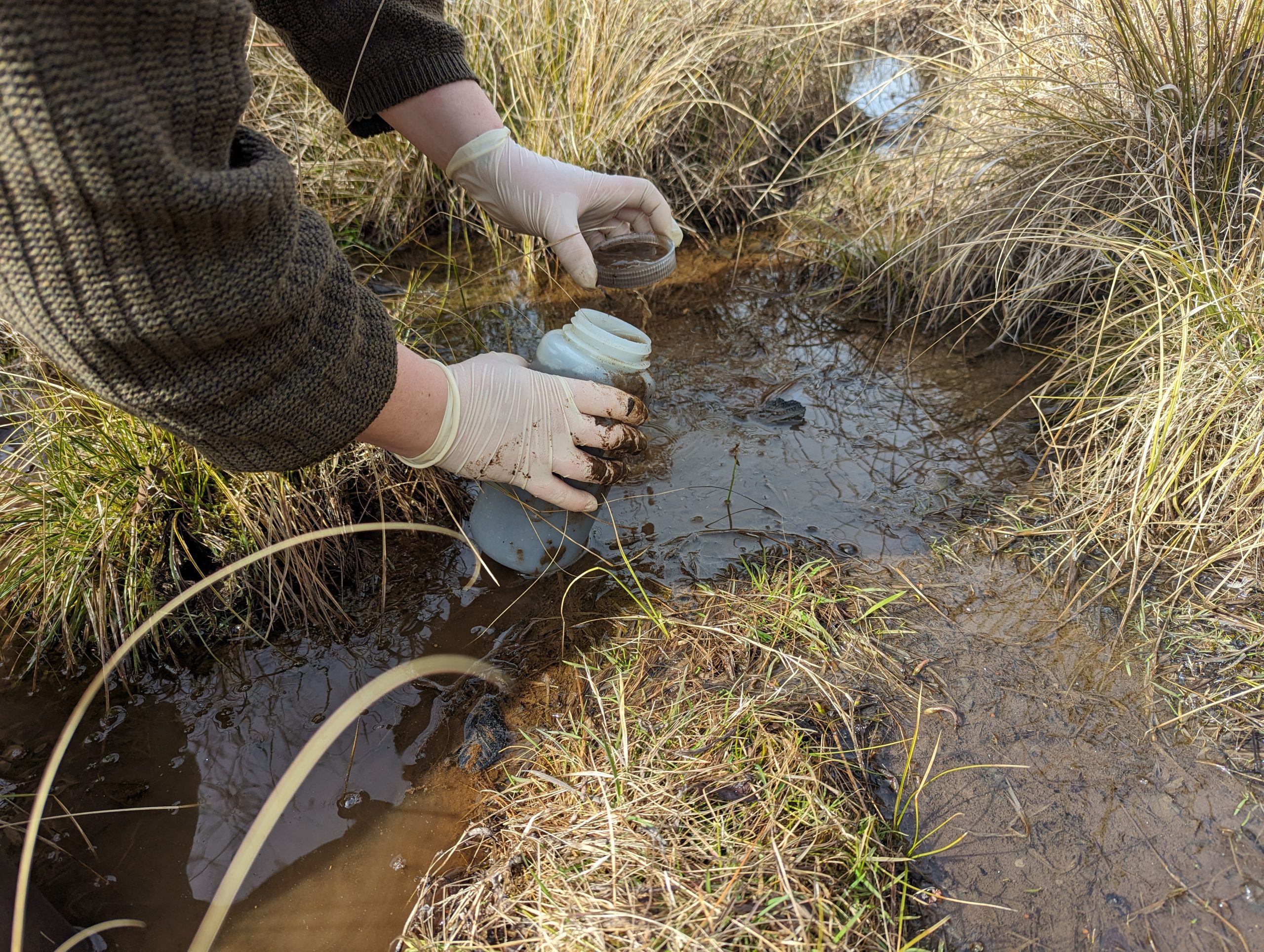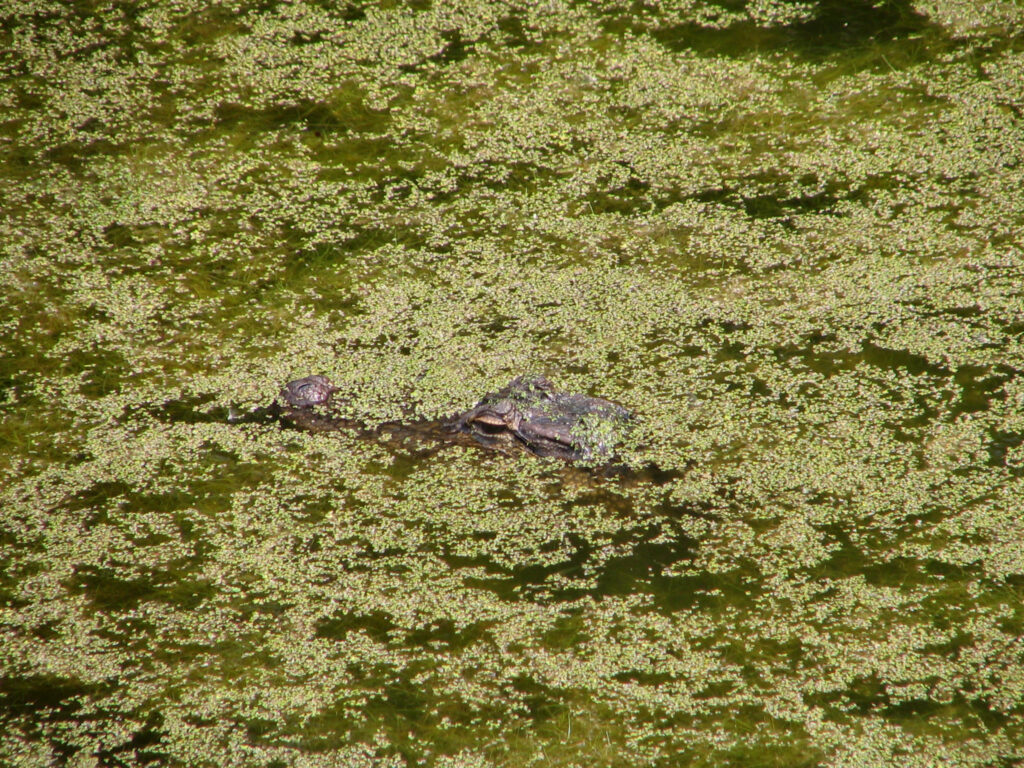Take a hike in the Southern Appalachian Mountains of western North Carolina and you are likely to encounter hardwood forests, sky-high peaks, scenic rivers, and tumbling waterfalls. You may not realize it, but you also would be wandering through one of the most biodiverse regions in the eastern United States.
Scientists consider this region a “biodiversity hotspot,” where thousands of species – many of them endangered – live in a range of habitats. The rich mosaic of habitats is possible thanks to the region’s varied topography, multitude of microclimates, and stable climate which offered many species refuge during repeated glaciation events across the continent’s geologic and evolutionary history.
In this region, the Richland Trust owns nearly 300 acres of conserved land that reflect the biodiversity of Southwestern North Carolina. The North American Land Trust (NALT) founded the Richland Trust as a 509(a)(3) supporting charitable organization dedicated to protecting the sensitive ecology and natural resources found on the conservation areas.
“The main role of Richland Trust is our stewardship of the conservation areas, fulfilling the mission of the North American Land Trust,” said Brad Kimzey, Vice President of Operations at Richland Trust. “That means protecting and preserving the water quality, protecting and preserving the air quality, and protecting and preserving the sensitive habitats for all the different species found here.”
Kimzey said Richland Trust received a generous grant from the Broyhill Family Foundation, which allowed the trust to conduct cutting-edge biological research at the conservation areas. The research consisted of two types of studies, one using eDNA samples from soil and water to identify various species, and a botanical survey to identify specific plants. Kimzey said the trust could not have done the studies without the support of the Broyhill Family Foundation.
Sheila Triplett-Brady, Executive Director of the Broyhill Family Foundation, said the foundation was happy to support the biological studies at the Richland Ridge study area. She added that the foundation was pleased with the results of the studies, which showed a large number of animal and plant species on the properties, including rare and endangered species.
“In nature, there is always something to discover,” Triplett-Brady said. “We at the Broyhill Family Foundation are pleased to be involved in preserving this wildlife habitat.”
Kimzey said Richland Trust partnered with Tangled Bank Conservation last year to conduct the biological research of the conservation areas in the Richland Ridge study area. Tangled Bank Conservation scientists used eDNA (environmental DNA) samplings to document the natural communities and rare species throughout NALT’s conservation areas.
In its first round of results, Tangled Bank Conservation researchers reported finding seven state-listed species of concern in North Carolina, including two species that are ranked at the state level as critically imperiled (S1), two imperiled species (S2), and three vulnerable (S3) species (NatureServe, 2025).
The rare species found at the NALT conservation areas include those listed as:
Critically Imperiled
Double-crested cormorant (Phalacrocorax auritus)
Prairie warbler (Setophaga discolor)
Imperiled
Quillback (Carpiodes cyprinus)
Flathead catfish (Pylodictis olivaris)
Vulnerable
Eastern hellbender (Cryptobranchus alleganeinsis)
Greenfin darter (Etheostoma chlorobranchium)
Fox squirrel (Sciurus niger)
Hope Killian, Conservation Programs Coordinator at Tangled Bank, cautioned that these were the results from the first round of samplings. She said researchers are continuing to study the data and could update their findings with additional species.

The Richland Trust conservation areas are home to North America’s largest salamander, the Eastern Hellbender. The southern border of the conservation area on Richland Creek Farm runs about a mile along the banks of the West Fork of the French Broad River, a pristine waterway known for its trout fishing.
Researchers have detected hellbenders in the river, a species currently proposed for protection status under the U.S. Fish and Wildlife Service Endangered Species Act. The presence of Eastern hellbenders in the Richland Trust conservation area for the past 25 years is a testament to the importance of conservation on these lands.
“This region is the salamander biodiversity capital of the world,” Killian said. “There are more species of salamanders in the southern Appalachians than anywhere else.”
Killian noted that salamanders are under stress from loss of habitat, pollution, disease, sedimentation, and a changing climate. She said that raises the importance of landowners to adopt conservation practices to protect threatened species and biodiverse habitats.
“I think it’s really special that we picked up so many state-listed species in our initial findings,” Killian said. “It really highlights how ecologically important this property is.”
The eDNA surveys were enhanced with a botanical assessment in the summer of 2024. Tangled Bank contracted Joe Pye Ecological LLC to conduct the assessments. They complemented botanical assessments previously conducted by the North Carolina Natural Heritage Program.
Researchers identified 192 plant species during the 2024 botanical surveys. They also reported finding several rare plants on the NALT conservation areas, including the vulnerable (S3) Cuthbert’s turtlehead (Chelone cuthbertii) and the critically imperiled (S1) purple beebalm (Monarda media). The botanical assessments also provided insights about the wetland, upland, and riparian natural communities throughout the conservation areas.
NALT’s Southeastern Program Manager Will Gandy, a member of Richland Trust Board of Directors, said a total of 415 vascular plants have been identified in the conservation areas following the Joe Pye Ecological and North Carolina Natural Heritage Program surveys. He said the number is up from 276 species identified more than 20 years ago.
Learn about our partnership and other collaborative research with the Richland Trust on our Stories from the Land blog.
###



